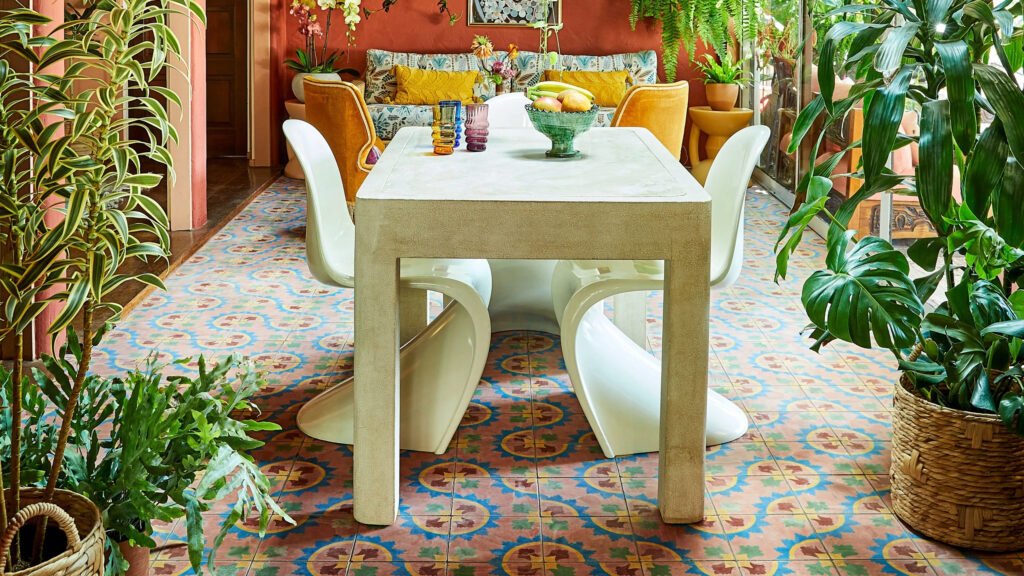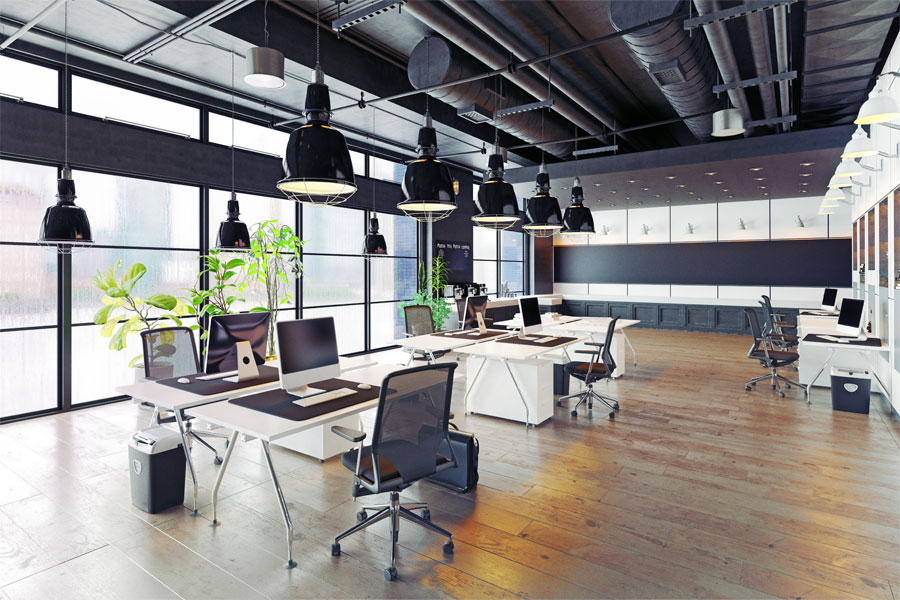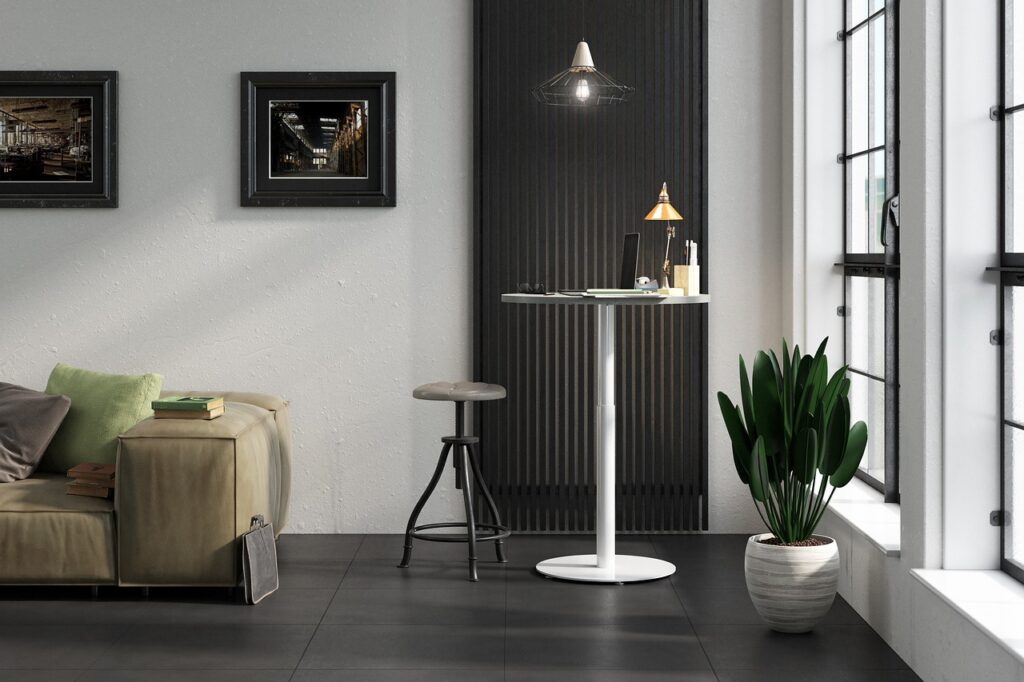Designing compelling commercial spaces requires blending artistry with technological innovation. From office buildings to restaurants to retail stores, commercial interior design must optimize for aesthetics, utility, and branding. By leveraging creative talents and emerging technologies, designers craft environments that impress and function.
Human-Centric Design
At its core, successful commercial design is human-centric. How do people interact in and move through the space? How do colors, textures, lighting, layouts, and furnishings impact engagement and satisfaction? Design priorities stem from understanding human needs within a given environment.
Thoughtful Space Planning
Space planning is integral to function. Designers consider how to best arrange workstations, departments, common areas, private offices, circulation paths, and more based on a company’s structure and operations. Adaptable layouts accommodate evolution. Effective space planning promotes collaboration while minimizing disruptions.
Integrating Natural Light
Natural light greatly enhances occupant experience in commercial spaces. Strategic use of windows, skylights, and translucent panels allows daylight to filter in. This brightens interior spaces, connects people to the outdoors, boosts moods, and reduces energy costs. Designers position light sources to create pleasing contrasts and shadows.
Sustainability
Sustainable building materials and eco-conscious interior design minimize environmental impact. Options like low-VOC paints, recycled textiles, reclaimed wood furnishings, water-efficient fixtures, and LED lighting contribute. Specifying regional materials, plants, and manufacturers also reduces shipping miles. Many clients now prioritize sustainability.
Leveraging Emerging Technologies
From AI-driven design to VR/AR prototyping, technology and data offer new capabilities. Generative design based on usage patterns yields optimized layout possibilities. Digital renderings and walkthroughs allow interactive visualization. Immersive VR experiences give lifelike previews of designs. These tech-driven solutions enhance ideation, creation, and decision-making.
Bespoke Brand Integration
Interior design choices like finishes, color schemes, signage, and styling all present opportunities for brand integration in commercial projects. Custom-designed elements aligned with a brand identity help shape the desired look, feel, and messaging. From textiles to millwork to graphic art, bespoke details reinforce branding.
The most compelling commercial spaces fuse aesthetics and functionality. With human-centric design, spatial ingenuity, sustainable materials, emerging tech, and tailored details, interior designers create next-level environments where businesses flourish.





